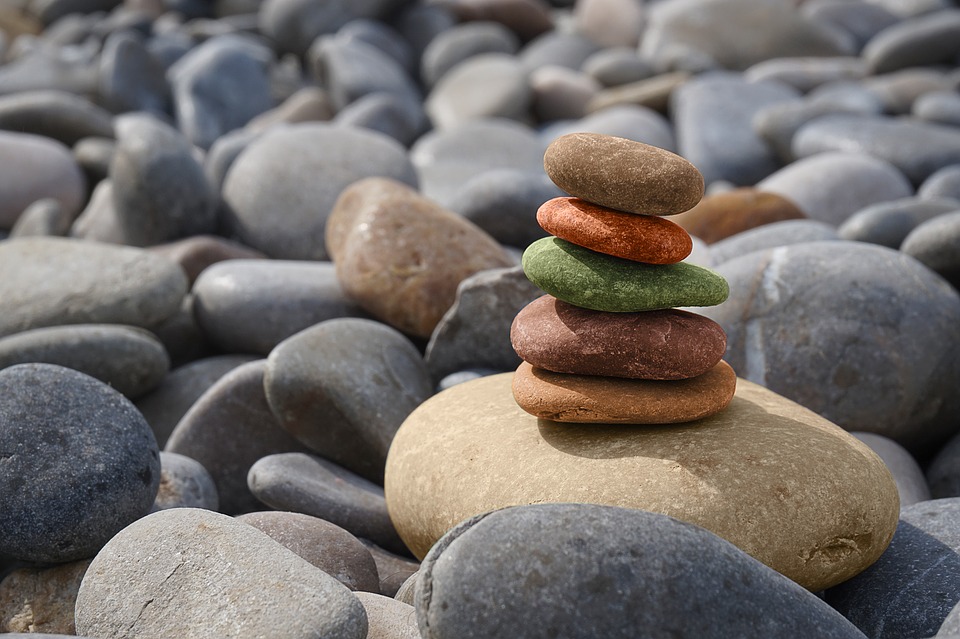
Pallavi Chhelavda is an expert on Feng Shui. One of the main things he is regularly asked about is what the role of color is within the discipline. People know that they feel good, happy feelings when they see a budding rose, that they feel touched to the soul when confronted with a lily, and more. What they don’t know is that it is mainly the color of those flowers that imparts those emotions, however.
Pallavi Chhelavda Explains Feng Shui Colors
There are two key forms of energy, being yin and yang. They are represented by opposing colors, being black and white. Yin and yang is about balance, however, and this is seen in their associated colors as well. Yang is about being grounded, about vibrancy and bright colors. Yin, meanwhile, is more whimsical and dreamlike in nature, including colors such as purple, green, white, and blue. However, people also respond to colors in their own unique way, which is why not every color will have the same effect on every person.
Feng Shui and Yin Colors
Yin is about relaxation and healing. This includes:
- Blue, which is soothing and calm. It relaxes, heals, and reflects love. It also creates trust and peaceful feelings. It is the color of the sky and the sea, which means it is associated with exploration and adventure. Navy blue represents wisdom and intellect.
- Black, which stands for income, money, and careers. Combining it with metal enhances its power and emotional protection.
- Purple, which offers mental and physical healing. It stands for spiritual awareness.
- White, which stands for purity, confidence, and poise. It is used with silver and gold to create positive atmospheres
Feng Shui and Yang Colors
Yang colors include:
- Yellow, which is very auspicious, just as red is. It stands for friendliness, cheerfulness, motion, warmth, and sunbeams. However, if there is too much exposure to yellow, people can start to feel anxious.
- Orange, which helps to improve concentration. It is perfect for those looking for more creativity, providing people with purpose in an organized manner.
There are other yang colors, including gold, lavender, maroon, mauve, red, brown, and tan/beige. They stand for things such as romance, luck, or money. However, these should be used in combinations rather than on their own.
The direction of a home will also determine to a great extent which colors should be used. For instance, a south facing home should be painted blue, grey, or white to further enhance chi’s flow. If the property faces East, then metal and earth tones are more suitable. Doing so increases the positive energy associated with a house.
Pallavi Chhelavda is a feng shui master. He believes that, through the practice of this ancient discipline, people can find their entire lives will become more positive and happy overall. While color is just one element of that, it is a very important one and it is also a good starting point for those interested in finding more balance and purpose in their own lives.